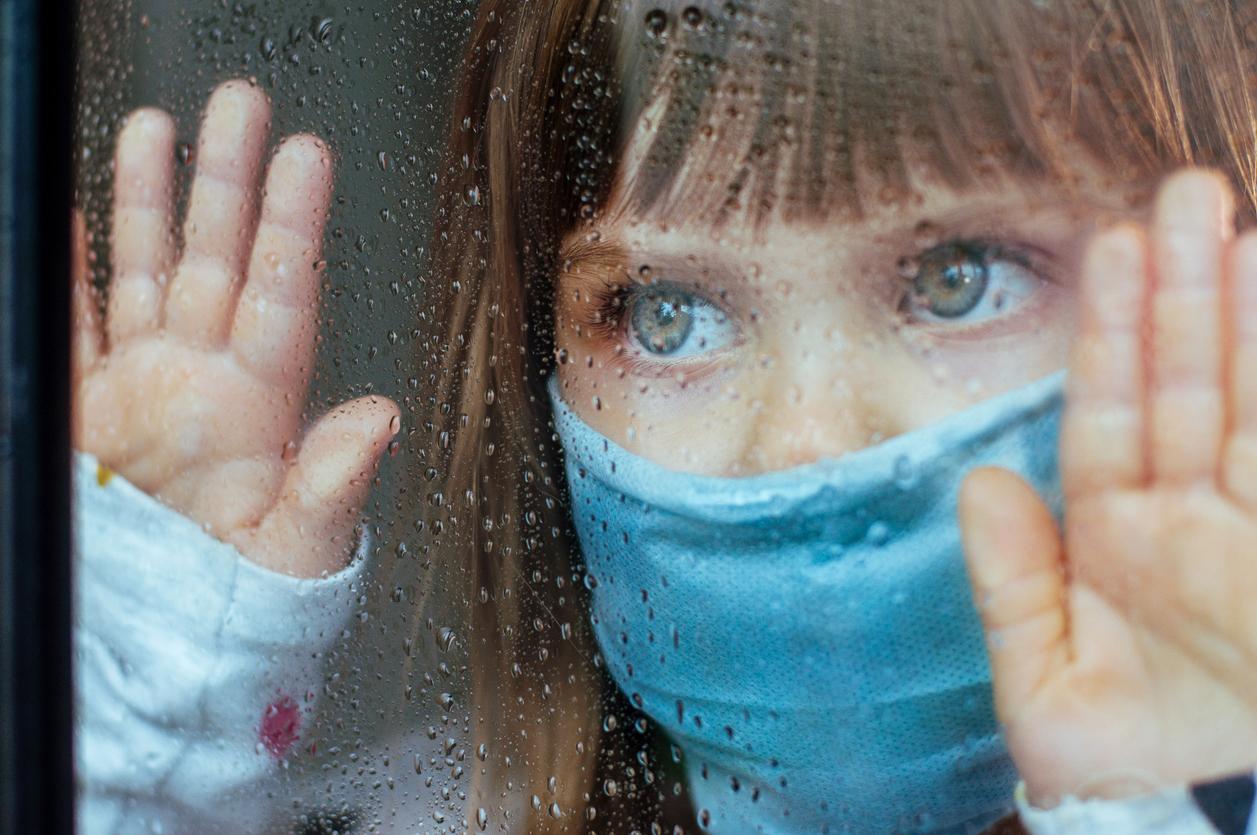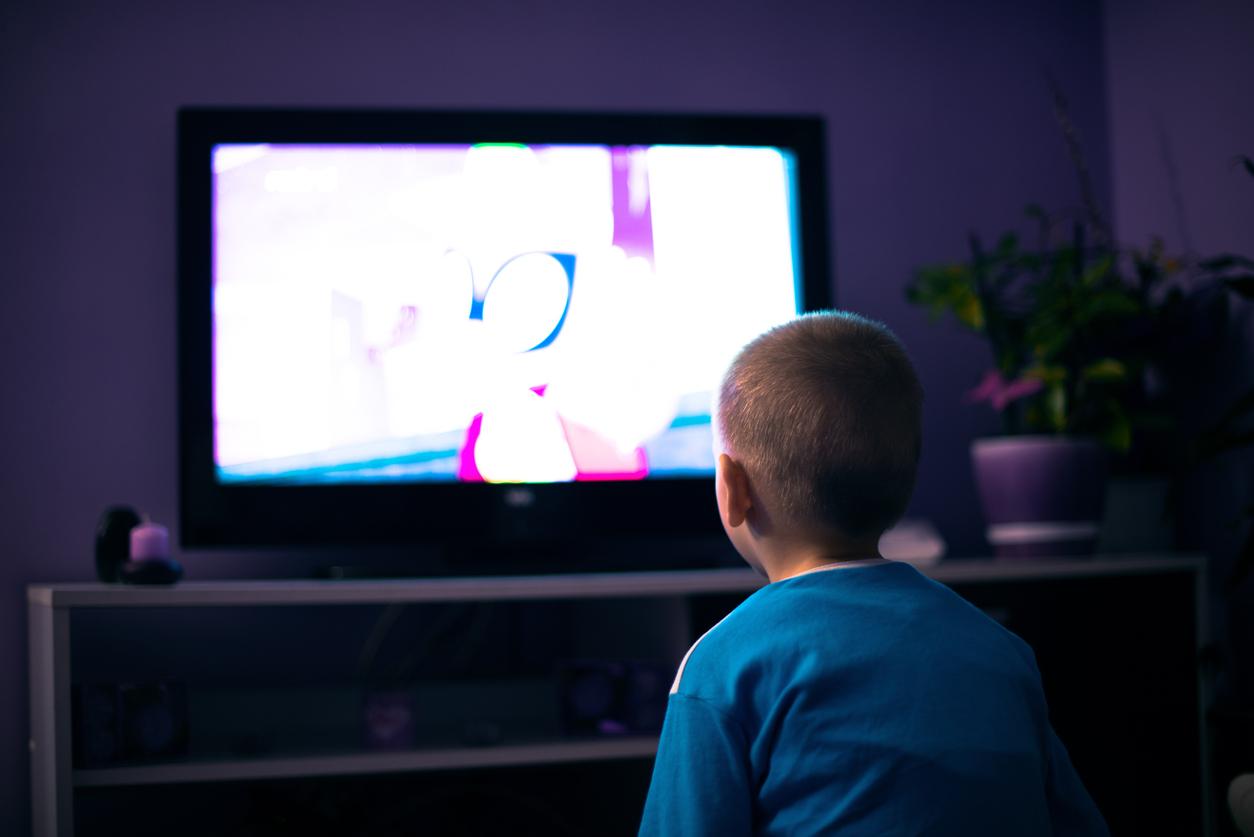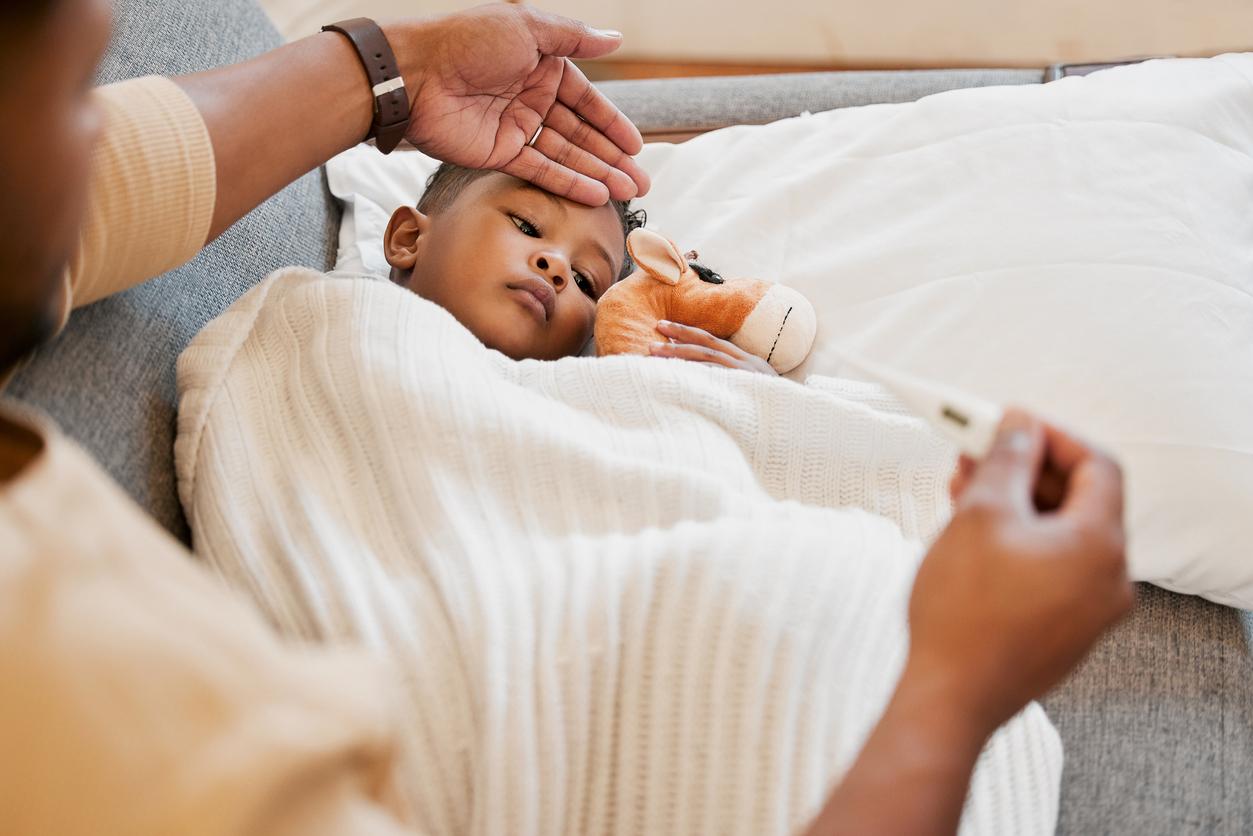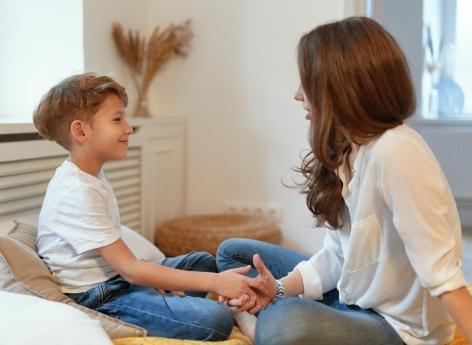Whether it’s a dog, a cat, a hamster or even a fish, for children a pet is a real member of the family.
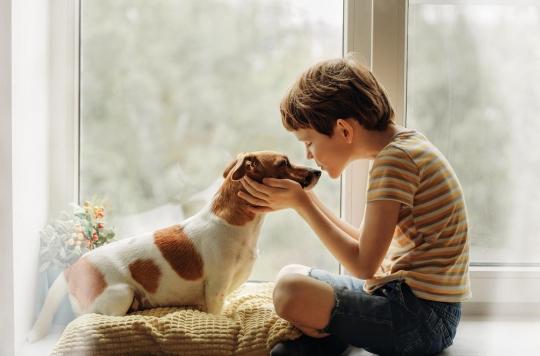
Around the age of 6 to 9, the child understands that death is permanent and that it is part of the cycle of life. Emotionally, the loss of his pet will be similar to that of someone close to him. Taking into account his bereavement and accompanying him is therefore helping him to overcome this ordeal.
How to explain to him the death of his pet?
It is not unusual for your child to feel sadness, anger, guilt, or even boredom for 6 to 8 weeks after losing their pet. Like other learnings, grieving is a process that will serve him throughout his life.
Whether it is a natural death, an accident or euthanasia, explain to your child in simple and accessible words what happened honestly. However, it is preferable to avoid certain expressions that refer to sleep or a long journey, which may make your child afraid of dying in his sleep or the desire to wait for his animal to return.
Respect the rituals of mourning
Do not try to minimize or diminish the importance of this loss for your child. On the contrary, encourage him to express his emotions and his questions and organize a small farewell ceremony during which your child can write a letter, draw a picture or want to bury a symbolic object for him. You can also decide to plant a tree or a flower together in his memory, and place a photograph of the animal in his room, for example.
Before buying him a new pet, let your child grieve and wait until he asks or talks about it to find out if he feels ready to invest himself again.
Find out more: “The mourning of my pet” by Annique Lavergne and Yves Dumont, Petit Homme editions.
.








